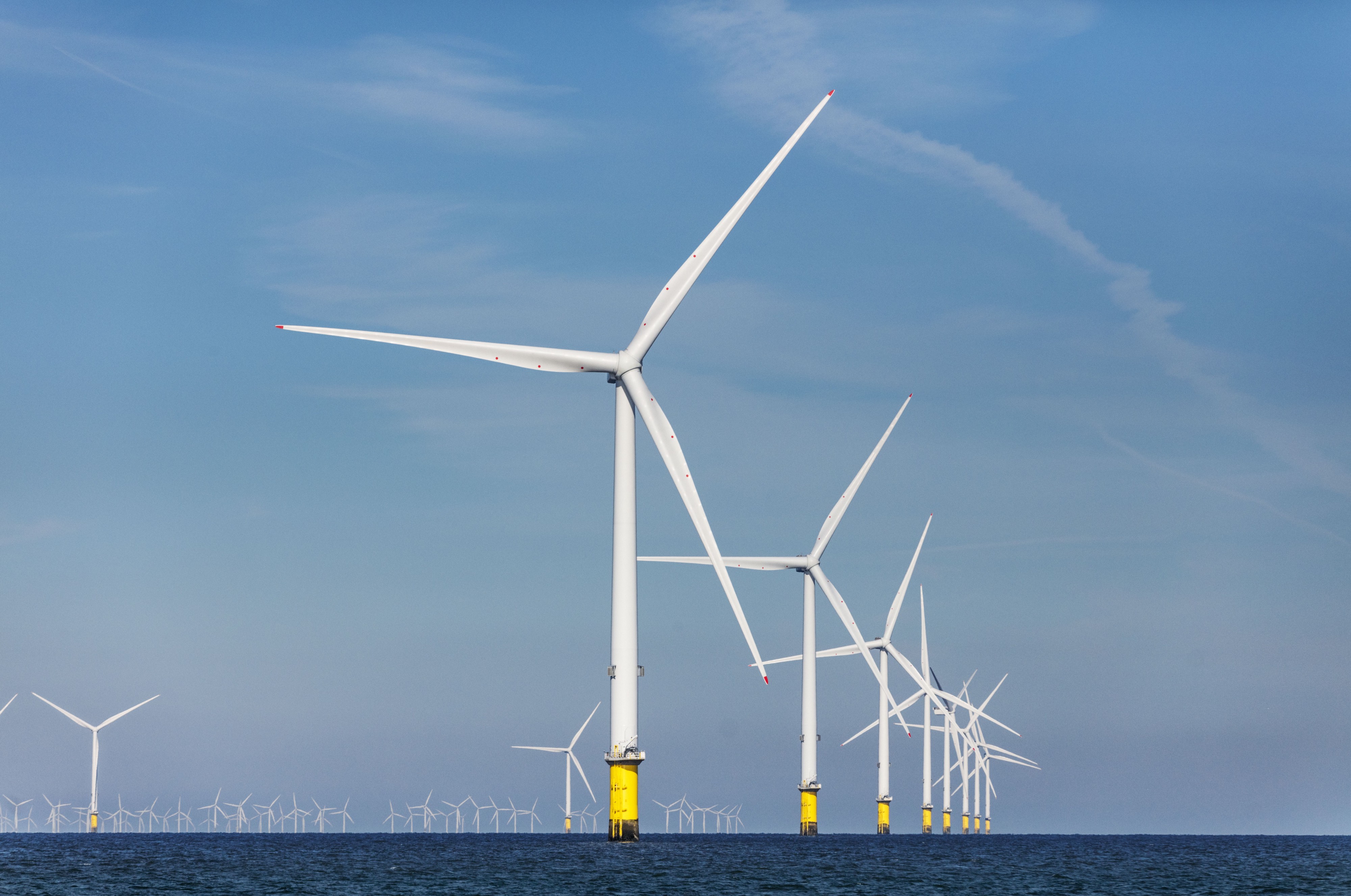Ørsted: The world has the solutions to solve the climate crisis and the EU has the possibility to lead
By Jakob Askou Bøss, SVP of Corporate Strategy and Stakeholder Relations, Ørsted
We have 10 years to halve global emissions and limit global warming to 1.5°C above pre-industrial levels. To preserve our shared home, planet Earth, and allow current and future generations to live in a world that offers the same conditions for life as we have had, we must act now.
It is clear why we have a problem. Almost 75% of global emissions come from energy, mainly due to the burning of fossil fuels for power, heating, cooling, transportation, and industrial processes. We have built our modern societies on fossil fuels, and to bring down emissions we need a new way of producing energy.
The good news is that we already know the solution: renewable energy. Today, green power from solar and wind energy is cheaper than new-built coal, gas, and nuclear plants. This is a breakthrough. Transforming from fossil fuels to green energy is no longer a question of technical feasibility or that renewable energy is too expensive compared to fossil fuels. Going forward, it is about having the ambition and will to make the necessary decisions sooner rather than later.
Leading businesses are taking this step. Ørsted is one of a growing number of businesses demonstrating the highest level of ambition by setting emissions reduction targets aligned with the recommendations by science to limit global warming to 1.5ºC and indeed reach net zero emissions. To get there, we need bold political leadership from governments to set the targets to fully transform our energy systems from black to green energy.
Green breakthrough
The cost reductions in solar and wind power in recent years mean that we now have competitive green power at our disposal for driving out fossil fuels across other energy-consuming sectors, such as transportation, buildings, and industry. To transform the energy systems fast enough to stay within 1.5°C requires that we double the speed of green power build-out towards 2030 and triple the retirement rate of coal-fired power plants, compared to current projections. Currently, electricity only has a 20% share of all energy use, but this should increase to 50% by 2050 through intensified green electrification while increased energy efficiency must help us maintain global energy use at current levels.
To enable a successful transition to zero-carbon power systems by 2050, policymakers need to support renewable energy deployment and the phase out of coal power globally. This means developing plans to transition to renewable energy and setting clear and binding targets for renewable energy build-out. It is also crucial that governments establish a moratorium on new coal power and new coal finance and set a coal phase-out date.
To accelerate the green transformation, we need political decision makers, investors, energy companies, and everyone else to take the necessary action to create that green future.
Ørsted’s transformation demonstrates that it is indeed possible to transform from fossil fuels to renewable energy. Over the past decade, we have changed our business completely, from a coal-intensive utility with oil and gas production as our core business, to one of the largest green energy companies in the world. By 2023, we will have phased out coal completely, and so far, we have reduced our carbon emissions by 83%, several years faster than what climate science says is necessary to stay within 1.5°C.
We need much more near-term tangible action that accelerates the change from fossil fuels to green energy in line with what science says is necessary to protect planet Earth, our shared home. Speeding up the green transformation will also improve our quality of life. It has been estimated that we can save four million lives per year through improved air quality, countries can achieve greater energy independence, and millions of new green jobs can be created.
EU must show leadership this week
The new European Commission has made it clear that climate change is a political, diplomatic and economic priority. EU has played an instrumental role in bringing global climate action to where we are today, and leadership from the world’s largest economic zone will be essential to accelerate the global transition to green energy and ensure a habitable planet for current and future generations.
At this week’s European Council, EU policy makers are faced with the opportunity to help put the world on track to limiting global warming to a maximum of 1.5ºC, by adopting its target of net-zero by 2050.
Equally important, the EU should raise ambitions for its 2030 climate target from the current 40% to at least 55% reduction on 1990 levels. EU is already on the path to overperforming the current target, so raising the target will be key to lead and set an example for other regions of the world as they review their own climate targets ahead of the 2020 review process under the Paris Agreement.
Time is of the essence if Europe is to keep the momentum. Deciding on a clear timeline this week for revising the 2030 target will be key to continue to mobilise pressure on other countries to increase their climate ambitions ahead of COP26 next year.
The EU is the world’s biggest economy, it has been setting the standard for green transformation so far, and it is a major force in global trade. Ambitious climate action by the EU will be key to bring China and other major economies to raise their ambitions next year. If 2030 targets are raised to ambitious levels in due time, it has the potential to enable next year’s EU-China summit to be the moment where we see a resurgence of global climate leadership.
Jakob Askou Bøss is Senior Vice President of Corporate Strategy and Stakeholder Relations of renewable energy company Ørsted. The company’s latest white paper, ‘Taking action to stay within 1.5°C’ is available online.

